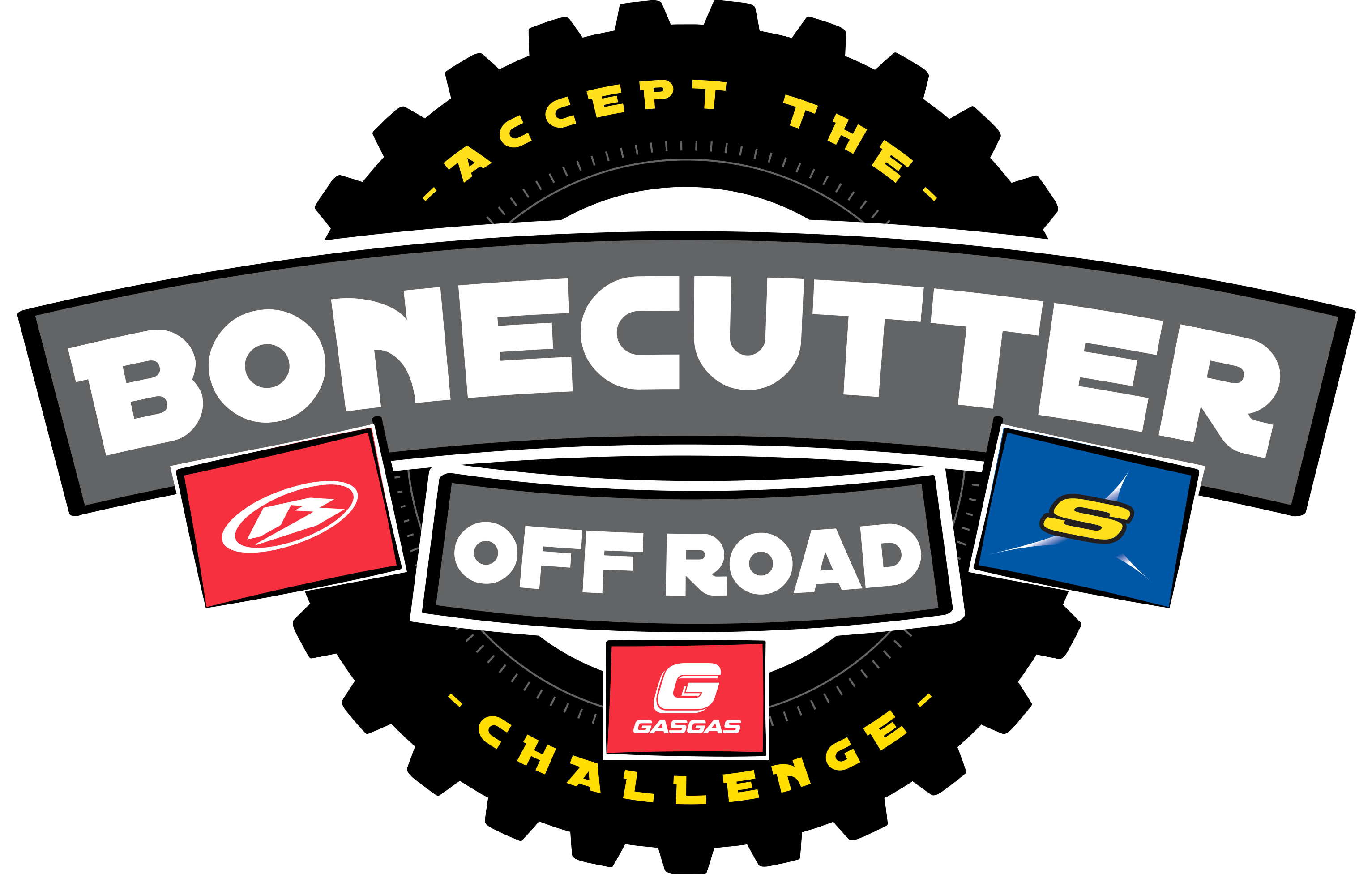Wrench Tip Wednesday: Bib Mousse
This week I wanted to talk about what exactly is a bib mousse, next week you will get to learn how to mount these bad boys without cussing and whining!
Bib Mousse has been around since 1984 first invented by Michelin. It is a tire insert that replaces the need for an inner tube, solid foam that holds its shape. The biggest downfall is you cannot adjust the feel of the tire because you cannot put air in it. It will retain one feel until it deteriorates. But on a positive note, you will not be able to pop it or get a flat resulting in a DNF. I have heard people refer to a mousse as dead feeling. I run both front and rear and don’t have a problem with it. I couldn’t even tell ya what a tube feels like anymore but I do know the impact of hitting rocks hard is reduced, like it soaks it up.
How long a bib mousse lasts depends on the rider, riding conditions, and bib maintenance. If you do a lot of high-speed road riding, it will cause the bib to deteriorate faster due to extra friction. Realistically, most riders will get at least 6 months (if not longer) out of their bib mousse. Every so often, it is a good idea to unmount, clean, and re-lube the bib. Dirt and mud can cause premature wear.
Another common question, what size bib mousse is needed? To achieve the best performance from a mousse, the fit between the mousse and the tire is critical. The mousse needs to put a certain amount of internal pressure on the inner tire casing in order for the tire to have good stability and to lessen sidewall rollover. This is a problem, since most tires vary in their inflated size for any given tread width and overall diameter. Since a mousse’s tire pressure cannot be changed, the mousse’s tire pressure feeling is dependent on the tire’s casing size. A tire with a mousse rides like a tire with 8 to 12 psi of pressure. Since it is rare that a rider chooses 8 psi for his air-filled tubes, most riders do not like the feeling of a tire with such a low pressure. One solution for this problem is to stuff a mousse designed for a larger rear tire in a smaller rear tire: a 140/80-18 mousse inside a 110/100-18 tire. Same goes for the front tire. We run Bridgestone M59 on the front of our bikes 80/100-21 and we use the big mousse for it, M16 90/100-21. Tightly compressing an oversized mousse inside a smaller tire casing creates a higher pressure feeling. But, be forewarned, it doesn’t want to go into the smaller tire without a fight. If the mousse feels too stiff, holes can be drilled down the center of the mousse. Doing this, will shorten the lifespan but will make it feel softer.
We keep all bib sizes on hand at the shop. Well worth the money vs the money a person is out with a DNF from a flat! Stay tuned next week on how to properly lube and mount a bib mousse.






